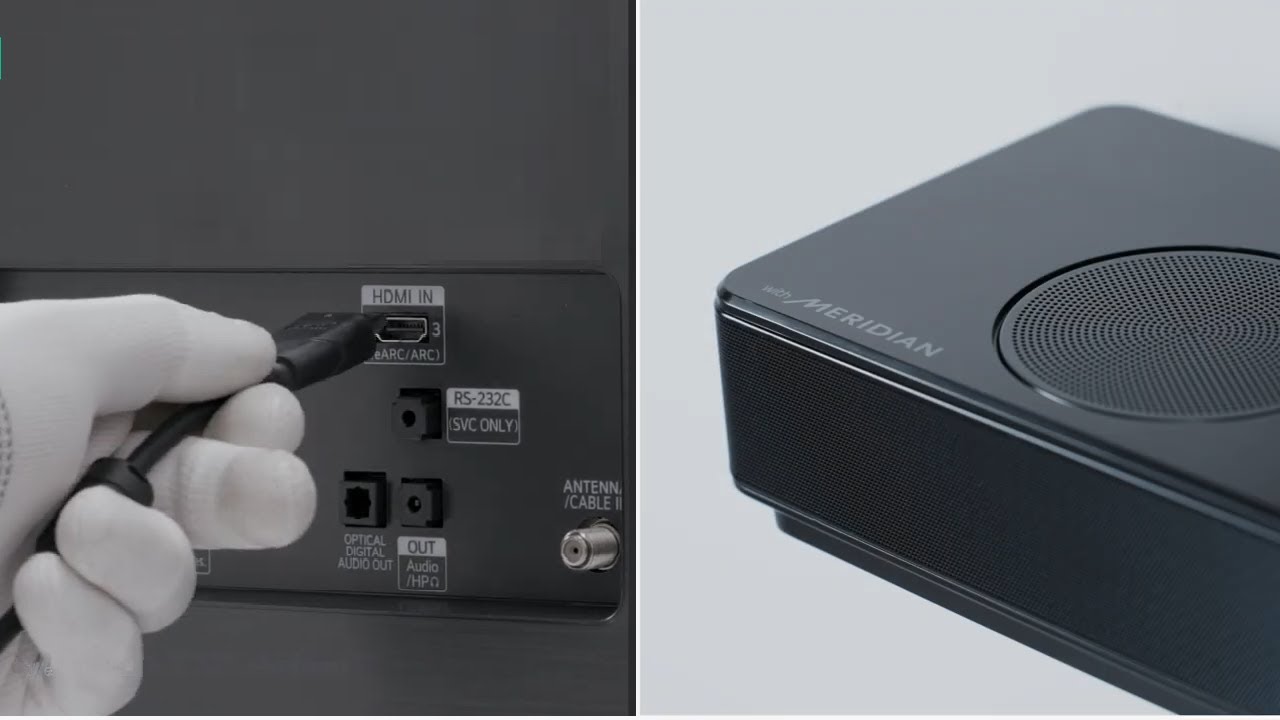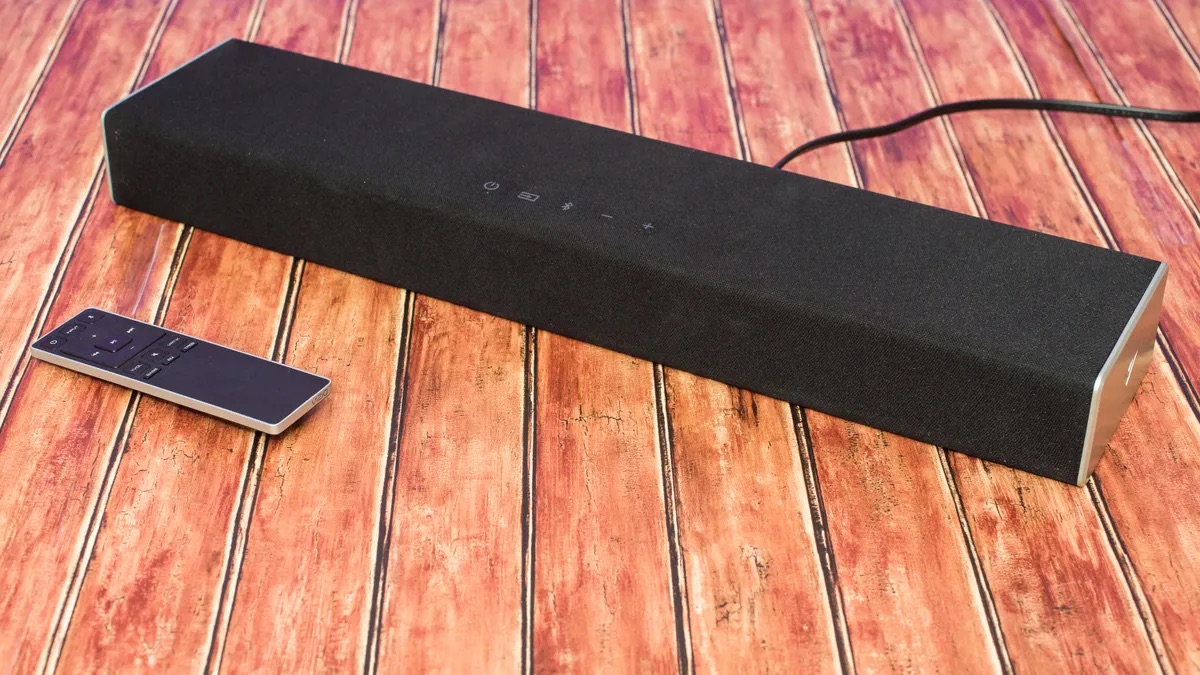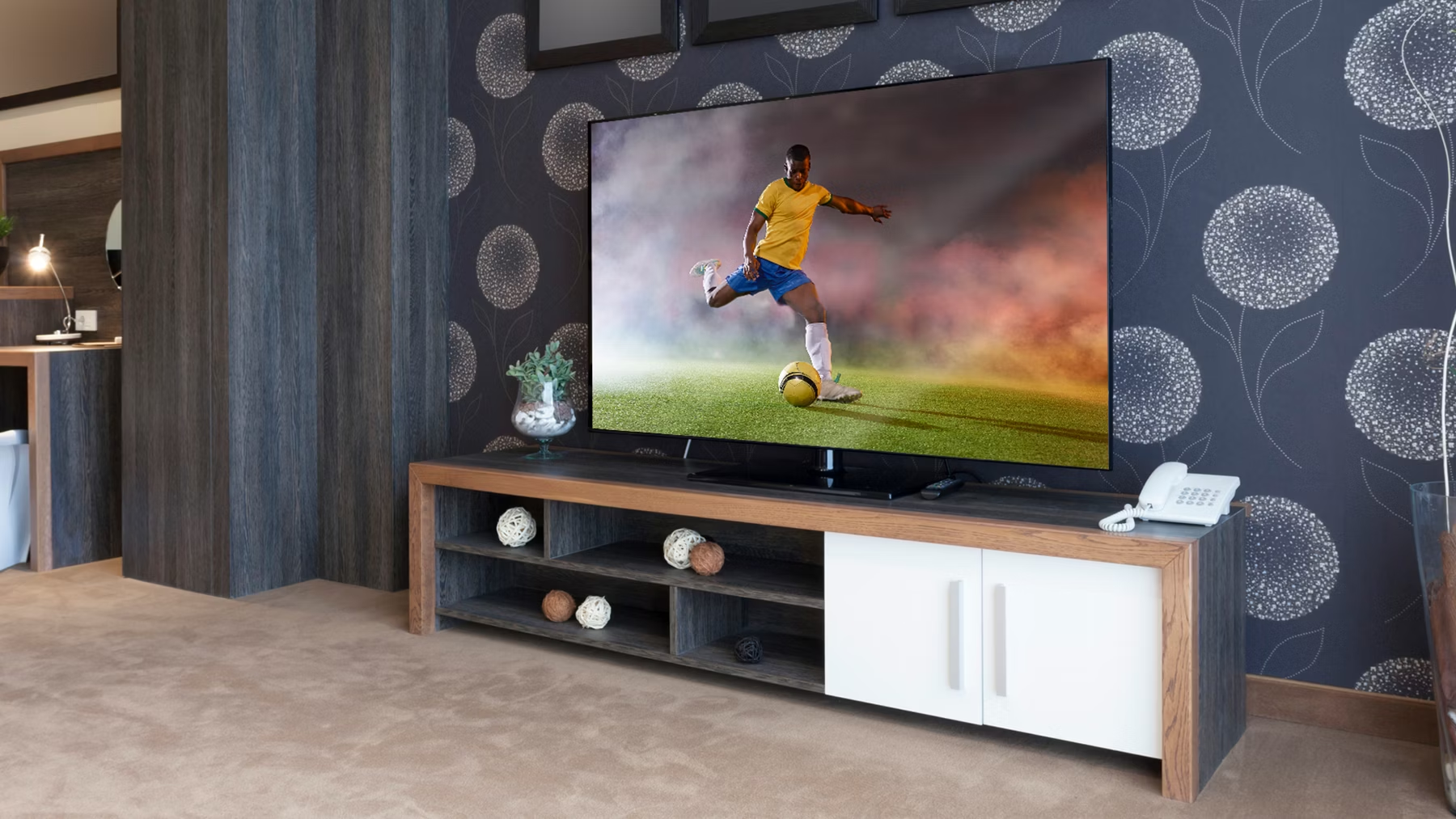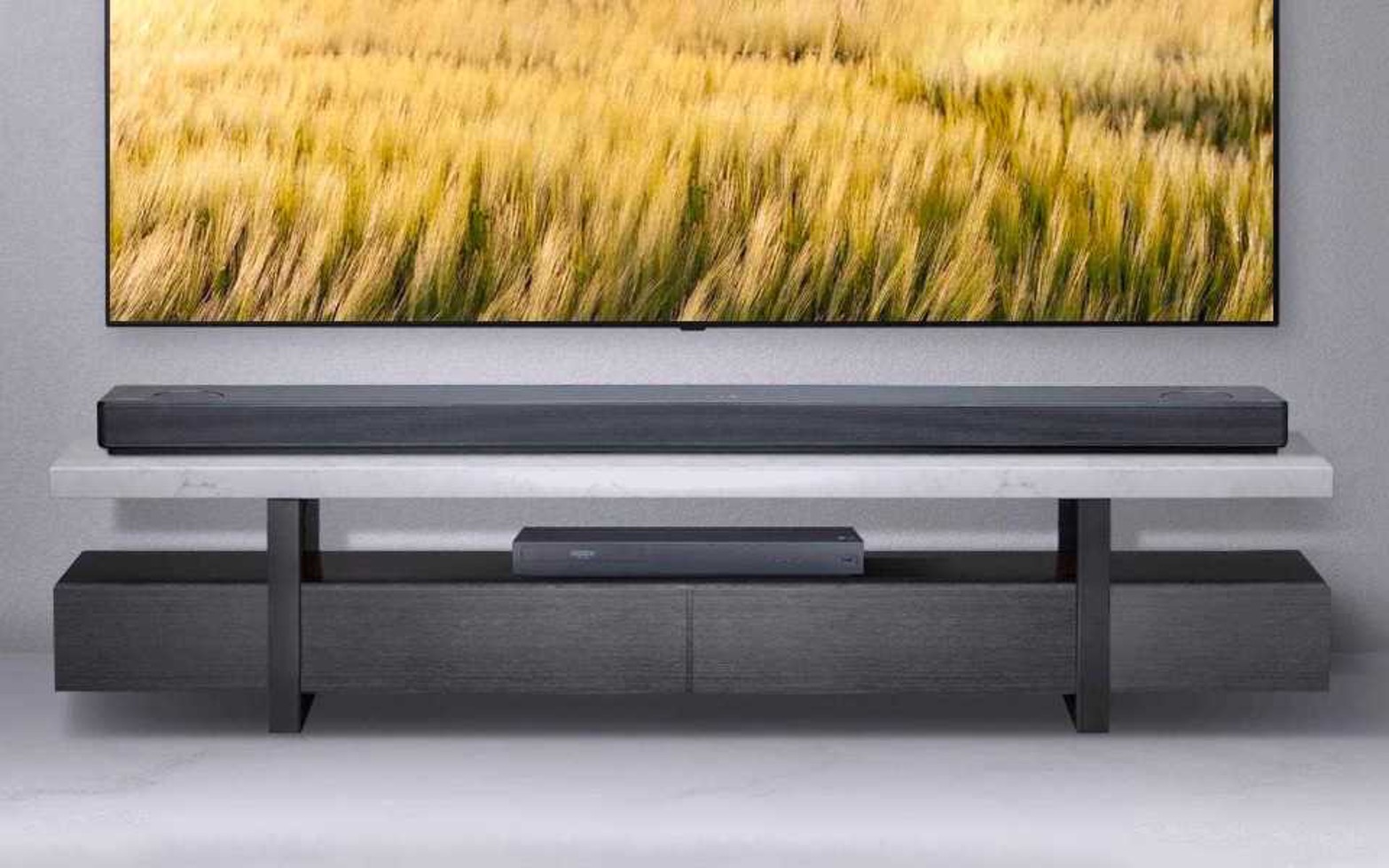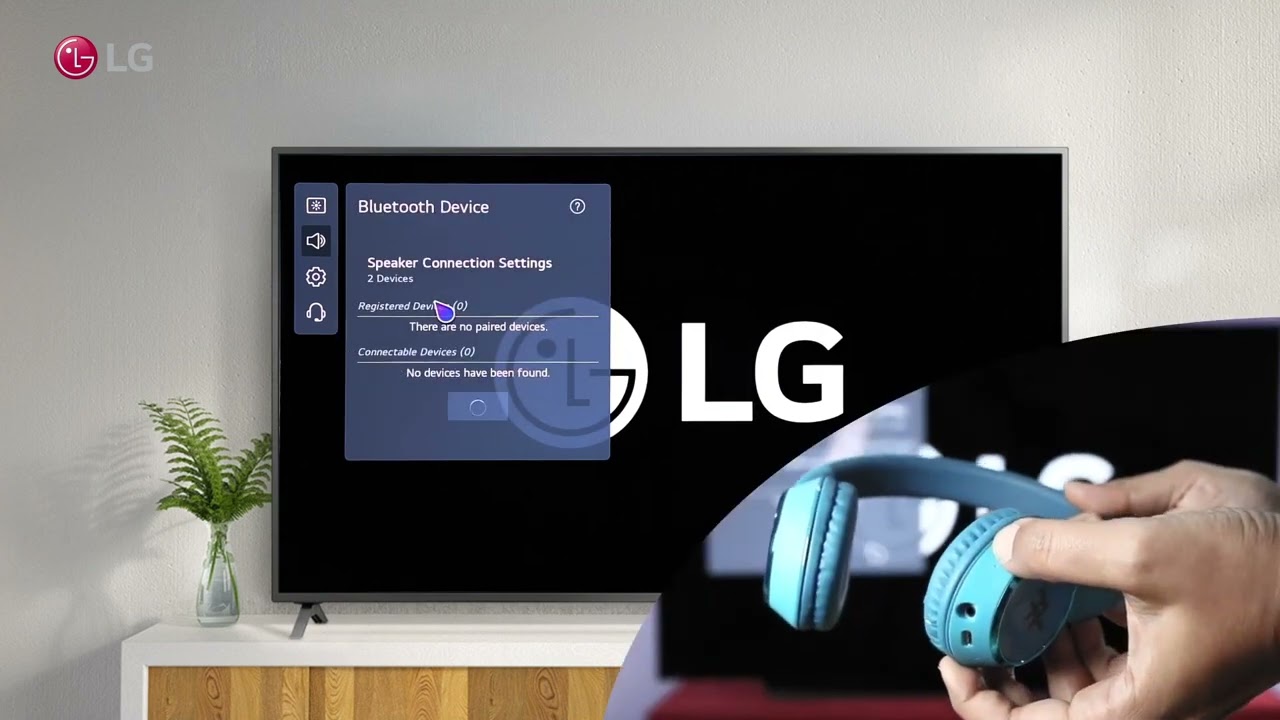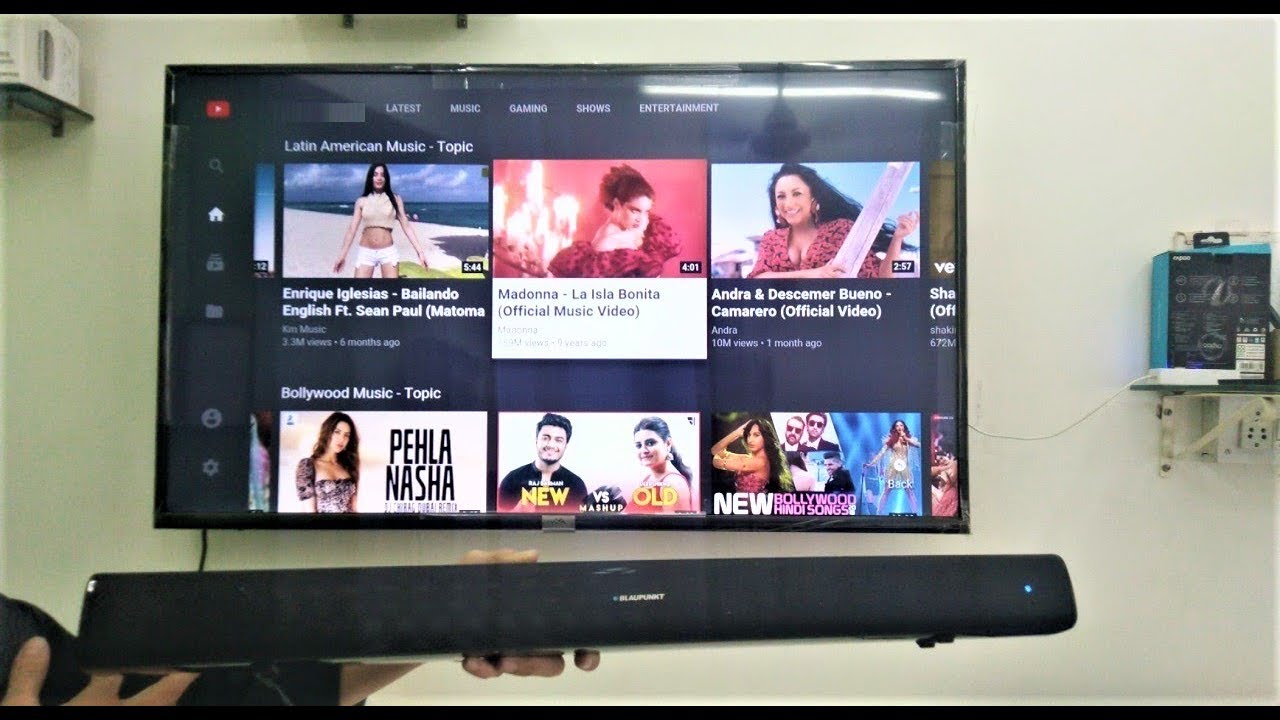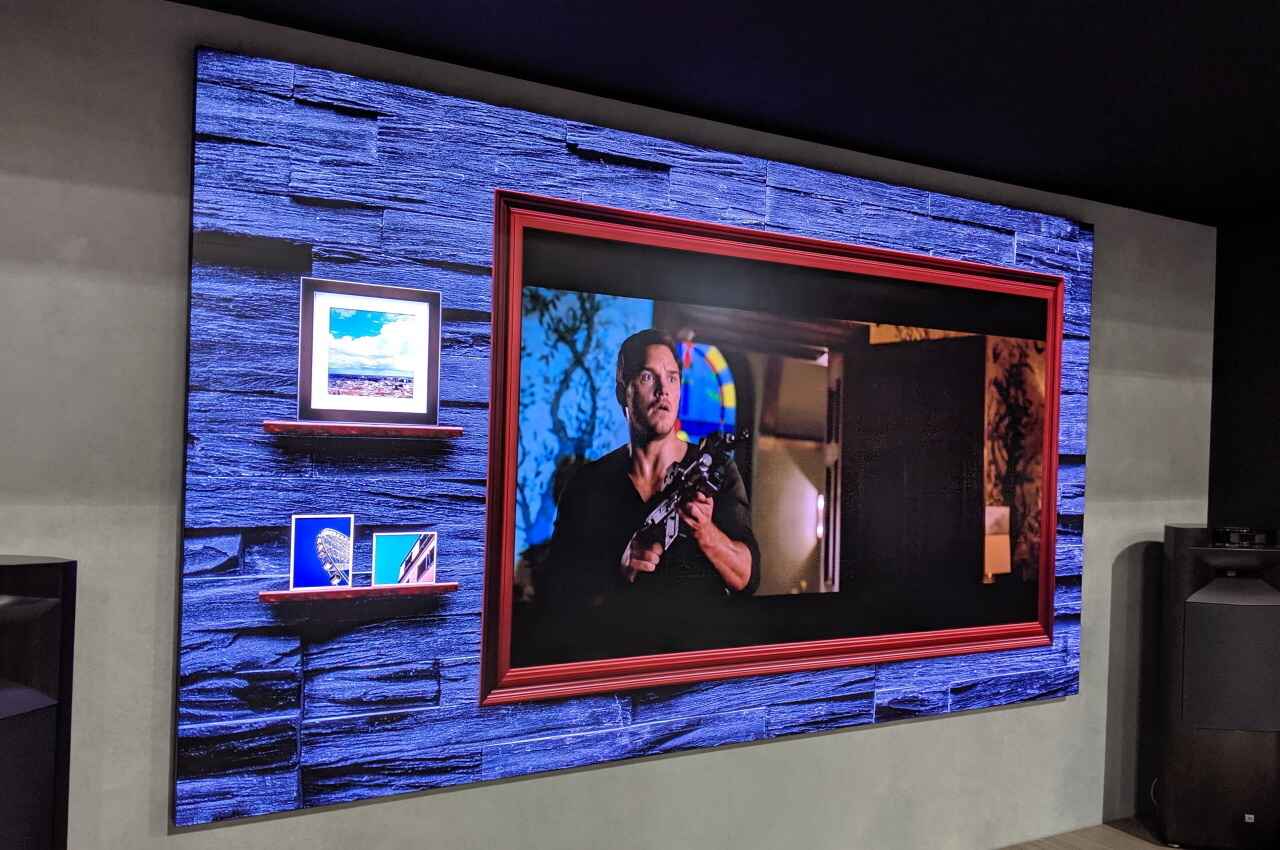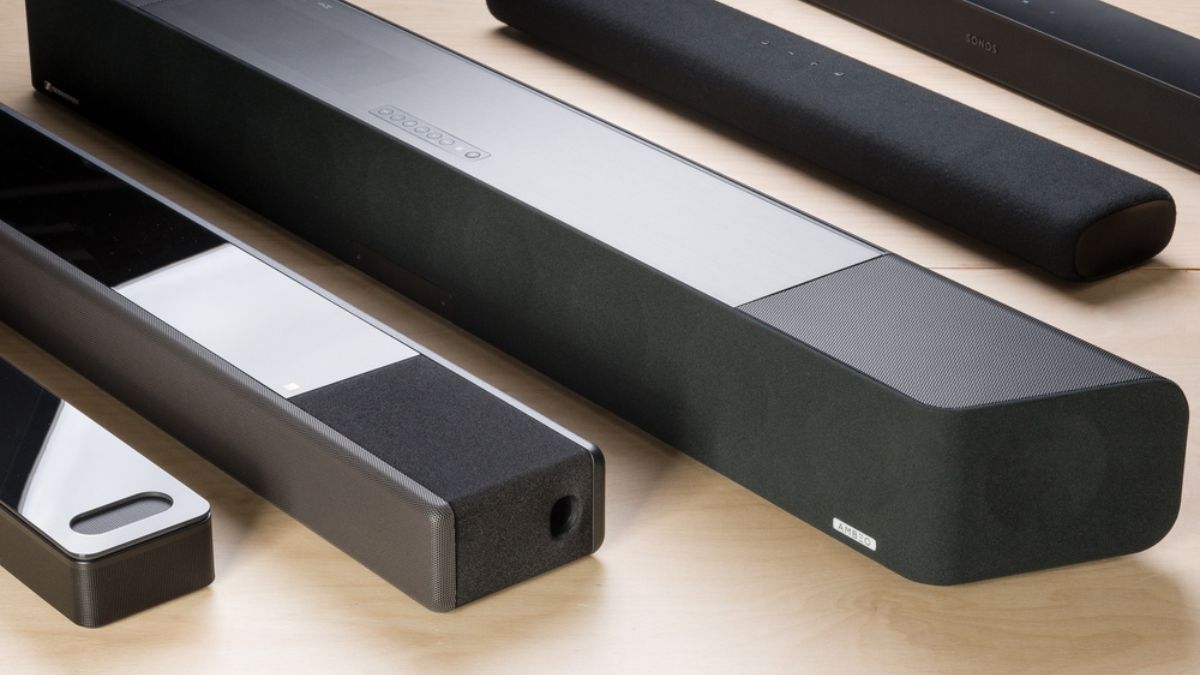Introduction
Welcome to our guide on how to hook up a soundbar to an LG Smart TV. If you’re looking to enhance your TV viewing experience by improving the audio quality, a soundbar is a great addition to your home entertainment setup. With its sleek design and powerful audio capabilities, a soundbar can bring your favorite movies, shows, and music to life.
LG Smart TVs are known for their impressive visuals and smart features, but their built-in speakers may not always deliver the best sound quality. That’s where a soundbar comes in. By connecting a soundbar to your LG Smart TV, you can enjoy immersive audio and a cinematic experience in the comfort of your own living room.
In this guide, we will walk you through the process of hooking up a soundbar to your LG Smart TV, step by step. We’ll cover everything from positioning the soundbar correctly to configuring the TV settings to ensure optimal audio performance. Whether you’re a tech-savvy enthusiast or a beginner, this guide will help you make the most of your soundbar and LG Smart TV combination.
Before we dive into the steps, it’s important to note that the specific methods and connections may vary depending on your soundbar model and LG Smart TV model. We’ll provide general instructions that should apply to most setups, but you should always consult the user manuals for your specific devices for detailed information.
Now, let’s get started with positioning the soundbar for optimal sound projection.
Step 1: Positioning the soundbar
The first step in hooking up a soundbar to your LG Smart TV is finding the perfect spot to position it. The placement of your soundbar can have a significant impact on the audio quality and overall viewing experience. Here are some tips to help you get it right:
- Centered alignment: Ideally, you want to position the soundbar directly in front of your TV. It should be centered with the screen to ensure that the sound is evenly distributed and in sync with the visuals.
- Clear line of sight: Make sure that there are no obstructions blocking the soundbar’s speakers. Avoid placing it behind any objects or furniture that could impede the audio output.
- Elevation: While some soundbars are designed to be mounted on the wall, others can be placed on a TV stand or cabinet. If you choose to use a stand, ensure that the soundbar is elevated enough to prevent any interference from the TV or other nearby objects.
- Distance: The distance between the soundbar and your seating area also plays a role in the audio experience. Aim to position the soundbar within a reasonable distance, typically around 4-6 feet from where you’ll be sitting.
- Optimal angles: For the best sound dispersion, try angling the soundbar slightly towards the seating area. This can help direct the sound towards your ears and create a more immersive listening experience.
Remember to consider the size and design of your TV and the room layout when positioning the soundbar. You want to achieve a seamless integration that enhances both the audio performance and the aesthetics of your entertainment setup.
Once you’ve found the right spot, it’s time to connect the soundbar to your LG Smart TV. Move on to the next step to learn how.
Step 2: Connecting the soundbar
Now that you have positioned your soundbar, it’s time to connect it to your LG Smart TV. There are several ways to establish the connection, depending on the available ports and features on both devices. Here are the most common methods:
- HDMI ARC: The HDMI ARC (Audio Return Channel) is a convenient option for connecting your soundbar to your LG Smart TV. Most modern soundbars and Smart TVs come with HDMI ARC ports. Simply connect one end of the HDMI cable to the HDMI ARC port on your TV and the other end to the HDMI ARC port on your soundbar. This allows for both audio playback from the TV to the soundbar and control of the soundbar’s volume through the TV remote.
- Optical audio cable: If your soundbar and LG Smart TV don’t have HDMI ARC ports, an optical audio cable can be used for the connection. Locate the optical audio output on your TV and connect one end of the optical cable to it. Then, connect the other end to the corresponding input on your soundbar. Make sure to select the correct audio input on your soundbar to receive the audio signal.
- Bluetooth: If your soundbar supports Bluetooth connectivity and your LG Smart TV has Bluetooth capabilities, you can pair them wirelessly. Enable Bluetooth on both devices and follow the manufacturer’s instructions for pairing. Keep in mind that Bluetooth may have limitations in terms of audio quality and range, so this method may not provide the best results for a truly immersive audio experience.
- Other connection options: Depending on the specific models of your soundbar and LG Smart TV, there may be additional connection options available, such as using RCA cables or AUX cables. Consult the user manuals of your devices for guidance on these alternative methods.
Once you have made the physical connections, power on your soundbar and LG Smart TV. You may need to adjust the TV’s audio settings to recognize the soundbar as the primary audio output. Navigate to the TV’s settings menu and look for the audio or sound options. Select the appropriate audio output source to ensure that the audio is routed to the soundbar.
With the soundbar successfully connected, you’re one step closer to enjoying enhanced audio quality with your LG Smart TV. Let’s move on to the next step to configure the TV settings for optimal performance.
Step 3: Configuring the LG Smart TV
After connecting your soundbar to the LG Smart TV, it’s important to configure the TV settings to ensure that the audio is optimized for the best possible performance. Here are the key settings to adjust:
- Audio output settings: Access the TV’s settings menu and navigate to the audio or sound options. Look for the audio output settings and select the soundbar as the default audio device. This ensures that the TV sends the audio signal to the soundbar for playback.
- Sound modes: Many LG Smart TVs offer various sound modes to tailor the audio to different types of content, such as movies, music, or sports. Experiment with these modes to find the one that best suits your preferences and enhances your viewing experience.
- Equalizer settings: Some LG Smart TVs allow you to adjust the equalizer settings to fine-tune the audio output. Explore the equalizer options and make adjustments to achieve the desired sound balance and quality.
- Volume control: Ensure that the TV’s volume control is set to control the soundbar’s volume. This ensures that you can adjust the audio levels using the TV remote rather than the soundbar’s remote, providing a more seamless and convenient user experience.
- Audio sync: If you notice any lag or sync issues between the audio and video, check for an audio sync or delay setting in the TV’s audio options. Adjust this setting to sync the audio with the visuals for a more immersive and enjoyable viewing experience.
Remember to consult the user manual of your LG Smart TV for specific instructions on adjusting these settings. Each TV model may have a slightly different interface and menu structure.
Once you have configured the TV settings, test the audio by playing some content on your LG Smart TV. Make sure the soundbar is producing the desired audio quality and that there are no issues with synchronization or volume control.
If you’re not satisfied with the audio performance, don’t hesitate to revisit the settings and make further adjustments until you achieve the desired results. A well-configured LG Smart TV paired with a soundbar can provide a truly immersive home theater experience.
Now that you have successfully configured the TV settings, let’s move on to the next step to fine-tune the sound settings on your soundbar.
Step 4: Adjusting the sound settings
After connecting and configuring your soundbar to your LG Smart TV, it’s time to fine-tune the sound settings on the soundbar itself. These settings can help you get the best audio experience tailored to your preferences. Here are the key sound settings to consider:
- Sound modes: Most soundbars offer different sound modes that are designed to optimize the audio for specific types of content. Explore these modes and select the one that best suits what you’re watching or listening to. For example, you might find a “Movie” mode that enhances dialogue and surround effects, or a “Music” mode that prioritizes clarity and detail.
- Equalizer settings: Adjusting the equalizer settings on your soundbar can help fine-tune the audio according to your preferences. Depending on your soundbar model, you may have control over frequencies such as bass, treble, and mid-range. Experiment with these settings to achieve the desired balance and richness in the sound.
- Bass and subwoofer levels: If your soundbar comes with a separate subwoofer, you can adjust its level to enhance the low-frequency effects. This can help bring depth and intensity to movies or music with impactful bass. Similarly, you may have control over the bass level on the soundbar itself. Adjust these settings until you achieve the desired bass response without overpowering other audio details.
- Surround sound settings: Some soundbars offer virtual surround sound technology to create a more immersive audio experience. If your soundbar has this feature, explore the surround sound settings and customize them to your liking. This can simulate a multi-speaker setup and deliver an enhanced sense of space and depth in the audio.
- Dialogue enhancement: If you often struggle to hear dialogue clearly, look for a dialogue enhancement feature on your soundbar. This setting can boost the volume and clarity of spoken words, making them easier to understand and follow.
Take your time to experiment with these sound settings and make adjustments based on your personal preferences and the content you’re enjoying. Remember that the ideal sound settings may vary depending on the type of content, room acoustics, and your own preferences.
It’s also worth mentioning that some soundbars come with a companion mobile app or remote control that allows for more advanced sound customization options. Explore these additional features if available, as they can provide even more control over the sound quality.
Once you have adjusted the sound settings to your satisfaction, sit back, relax, and enjoy the immersive audio experience that your soundbar and LG Smart TV combination can provide.
Now that you have fine-tuned the sound settings, let’s explore some troubleshooting tips for common issues that you may encounter.
Step 5: Troubleshooting common issues
While setting up your soundbar with your LG Smart TV, you may encounter some common issues. Here are a few troubleshooting tips to help you resolve them:
- No sound: If you’re not hearing any sound from the soundbar, first check the connections to ensure they are secure. Verify that the soundbar is powered on and the volume is turned up. Make sure the TV’s audio output is set to the soundbar. If using HDMI ARC, ensure both devices are ARC-enabled and the correct HDMI ARC port is in use.
- Audio lag: If you notice an audio delay, navigate to your TV’s audio settings and look for an audio sync or delay option. Adjust this setting to synchronize the audio with the video. If using Bluetooth, try reducing the distance between the TV and soundbar to minimize latency.
- Remote control issues: If the TV remote isn’t controlling the soundbar’s volume or power, check if the soundbar’s remote control has a learning function. Use this function to sync the TV remote with the soundbar. Alternatively, use the soundbar’s remote to control its settings and adjust the volume.
- Audio quality: If you’re not satisfied with the audio quality, ensure that both the TV and soundbar settings are properly configured. Try adjusting the soundbar’s sound modes, equalizer settings, and bass levels to find the optimal balance for your preferences. Consider the placement of the soundbar and make sure there are no obstructions that could affect the audio projection.
- Intermittent connection: If the soundbar’s connection drops sporadically, check for any interference from nearby devices or Wi-Fi signals. If using a wireless connection, ensure that the soundbar and TV are within the specified range. Consider using a wired connection like HDMI ARC or optical cable for a more stable and consistent connection.
If you continue to experience issues despite troubleshooting, consult the user manuals for both your soundbar and LG Smart TV for more detailed troubleshooting steps. You can also contact customer support for further assistance.
Remember, every soundbar and LG Smart TV setup is unique, and you may encounter specific issues that require different solutions. Keep exploring, experimenting, and adjusting until you achieve the optimal audio performance with your soundbar and LG Smart TV combination.
Congratulations! You have successfully hooked up and configured a soundbar to your LG Smart TV. Sit back, relax, and enjoy an immersive audio experience that complements the stunning visuals of your LG Smart TV.
Conclusion
Congratulations on successfully hooking up and configuring a soundbar to your LG Smart TV! By following the steps in this guide, you have unlocked a whole new level of audio quality and immersive entertainment in your home. The combination of a soundbar and LG Smart TV allows you to experience your favorite movies, shows, and music in a way that truly engages your senses.
We started by discussing the importance of positioning the soundbar correctly, ensuring that it is centered and unobstructed for optimal sound projection. Then, we moved on to connecting the soundbar to your LG Smart TV using methods such as HDMI ARC, optical audio cable, or Bluetooth, depending on the available options on your devices.
Next, we walked through the process of configuring your LG Smart TV’s audio settings to recognize the soundbar as the primary audio output. We also explored the various sound settings on the soundbar itself, allowing you to fine-tune the audio to your preferences by adjusting sound modes, equalizer settings, and bass levels.
Throughout the setup process, we provided troubleshooting tips for common issues that you may encounter, such as no sound, audio lag, remote control issues, audio quality concerns, and intermittent connections. These troubleshooting tips will help you overcome any challenges that may arise and ensure a seamless audio experience.
Remember, the specific steps and settings may vary depending on your soundbar and LG Smart TV models, so always refer to the user manuals for detailed instructions that are tailored to your devices.
Now, sit back, relax, and enjoy the incredible audio experience that your soundbar and LG Smart TV combination provides. Get ready to be immersed in the sounds of your favorite movies, feel the impact of every action scene, and enjoy crystal-clear dialogue. With your soundbar and LG Smart TV working harmoniously together, the possibilities for entertainment are endless.







